Could it
be You?
Overcoming dyslexia, dyspraxia,
ADHD, OCD, Tourettes syndrome,
autism and Aspergers syndrome
in adults
DR ROBIN PAUC
WITH CARINA NORRIS

This eBook is copyright material and must not be copied, reproduced, transferred, distributed, leased, licensed or publicly performed or used in any way except as specifically permitted in writing by the publishers, as allowed under the terms and conditions under which it was purchased or as strictly permitted by applicable copyright law. Any unauthorised distribution or use of this text may be a direct infringement of the authors and publishers rights and those responsible may be liable in law accordingly.
Version 1.0
Epub ISBN 9780753519066
www.randomhouse.co.uk
First published in Great Britain in 2008 by
Virgin Books Ltd
Thames Wharf Studios
Rainville Road
London
W6 9HA
Copyright Dr Robin Pauc 2008
The right of Dr Robin Pauc to be identified as the Author of this Work has been asserted by him in accordance with the Copyright, Designs and Patents Act, 1988.
This book is sold subject to the condition that it shall not, by way of trade or otherwise, be lent, resold, hired out or otherwise circulated without the publishers prior written consent in any form of binding or cover other than that in which it is published and without a similar condition including this condition being imposed on the subsequent purchaser.
A catalogue record for this book is available from the British Library.
ISBN 978 0 7535 1339 2
The Random House Group Limited supports The Forest Stewardship Council [FSC], the leading international forest certification organisation. All our titles that are printed on Greenpeace approved FSC certified paper carry the FSC logo.
Our paper procurement policy can be found at
www.rbooks.co.uk/environment

Typeset by Phoenix Photosetting, Chatham, Kent
Printed and bound in Great Britain by Mackays of Chatham, Chatham, Kent
CONTENTS
ABOUT THE AUTHORS
Robin Pauc DC DACNB FCC
Robin Pauc graduated from the Anglo-European College of Chiropractic in 1974. He studied neurology at postgraduate level in the Netherlands before qualifying in the USA. He was later awarded a professorship at the prestigious Carrick Institute at Cape Canaveral. He has lectured and taught clinical neurology internationally and has written several books including the bestselling Is That My Child? (UK)/The Learning Disability Myth (USA) and The Brain Food Plan with Carina Norris. He is currently the director of the Tinsley House Clinic UK.
Carina Norris MSc (Dist), RNutr
Nutrition consultant, author and journalist Carina Norris studied biology followed by Public Health Nutrition. She was the nutritionist for Channel 4s Turn Back Your Body Clock, and has written several books on health and nutrition, including You Are What You Eat: The Meal Planner That Will Change Your Life, Turn Back Your Body Clock, You Are What You Eat: Live Well, Live Long, and co-authored Lorraine Kellys Junk-Free Childrens Eating Plan. Carina is now working on a PhD on childrens nutrient intake. She has a passion to spread the word on healthy 21st-century living and help people dejunk their diets the fun way.
1
INTRODUCTION TO DEVELOPMENTAL DELAY
Many people have tried unsuccessfully to find a treatment for learning and behavioural difficulties. At Tinsley House Clinic we now believe that the reason an effective solution has been elusive is that everyone has been looking in the wrong place.
The problem is the way learning and behavioural difficulties are classified and labelled: as conditions including dyslexia, dyspraxia, attention deficit hyperactivity disorder (ADHD), attention deficit disorder (ADD), obsessive-compulsive disorder (OCD), autism and Tourettes.
We need to redefine the problem. It is my belief that all of the conditions named above are really symptoms rather than conditions, and they are, in fact, symptoms of a wider underlying problem in the way that certain brain cells develop. To be precise, it is a developmental delay concerning certain brain cells, a concept we will return to again and again.
I believe that the misleading labels dyslexia, dyspraxia, ADHD and the like should be replaced by the general term Developmental Delay.
BORN TOO SOON
In order to understand the new ways in which learning/behavioural problems can be treated, not only in children but adults as well, it is essential to know how the human brain functions how it has developed and evolved and how this can potentially impact upon our personal development. We must therefore look at not only that which is generally known about how the brain develops, but also a gaping hole in our knowledge that to date has led to the misdiagnosis of learning disabilities and has held back appropriate effective treatment.
All human babies are born prematurely. That may sound like a bold statement but its perfectly true. Although every other organ of the body is perfectly formed at birth (or very shortly afterwards), only needing to grow, the human brain is still in an embryonic state and continues to grow rapidly.
Why is this? Over evolutionary time, the human brain has evolved to be bigger, and this obviously means the skull needs to be bigger too. This bigger skull encasing the bigger brain has created a problem namely, the skull has become too big to easily pass through the bony rim of the birth canal.
Birthing strategies
Mother Nature has come up with various strategies to get round this but, as you will see, these are not always perfect solutions.
Marsupials (kangaroos and the like) get round the problem by giving birth to a tiny joey that, with a little help from Mum, crawls up to the pouch (second womb) and there, in this highly elastic sac, increases in size some 2,000 times.
Dolphins have dispensed with the pelvis, an option not open to landlubbers, so that a baby dolphin can continue to grow until it is ready to join Mum and Dad without the necessity of passing through the unforgiving bony ring of the pelvis.
Neanderthal man or rather woman attempted to get around the problem by developing a much bigger pelvis. However, a much bigger foetus requires an enormous amount of food and from a mechanical perspective is extremely difficult to keep in place, particularly as a biped (two-legged animal). Hence, Neanderthal woman became extinct and only her legacy lives on Does my bum look big in this?
Modern man (and, to a lesser extent, the great apes) has attempted to get around the problem by the female giving birth prematurely. That is, she gives birth at a stage when the foetus is undeveloped enough to still pass through the birth canal. This is a good strategy, apart from the fact that not all babies can pass through the birth canal with ease (they have a difficult birth), and once born the relatively undeveloped baby requires constant care over a very long period of nurturing.
This extended period of nurturing has been called juvenilisation.
 Juvenilisation is the babys extended dependency on its mother
Juvenilisation is the babys extended dependency on its mother



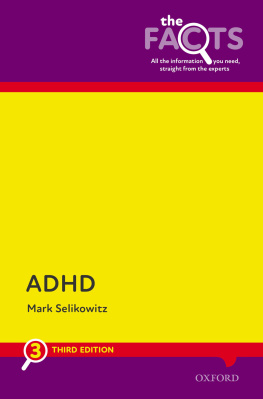

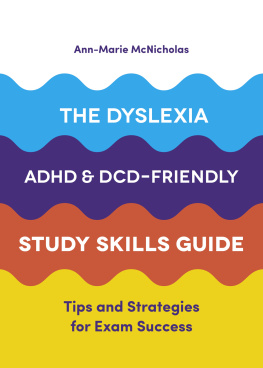
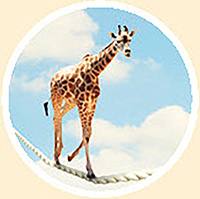
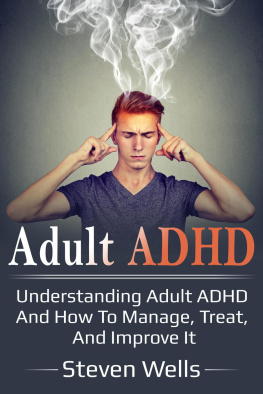



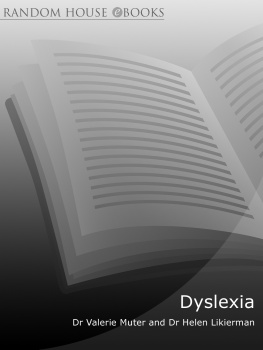
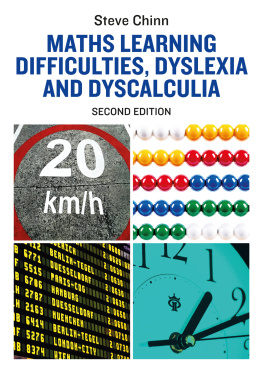
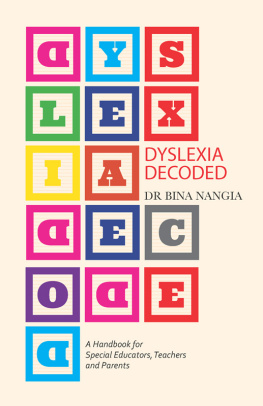
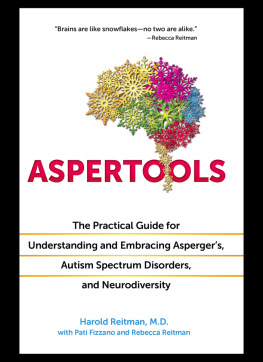



 Juvenilisation is the babys extended dependency on its mother
Juvenilisation is the babys extended dependency on its mother